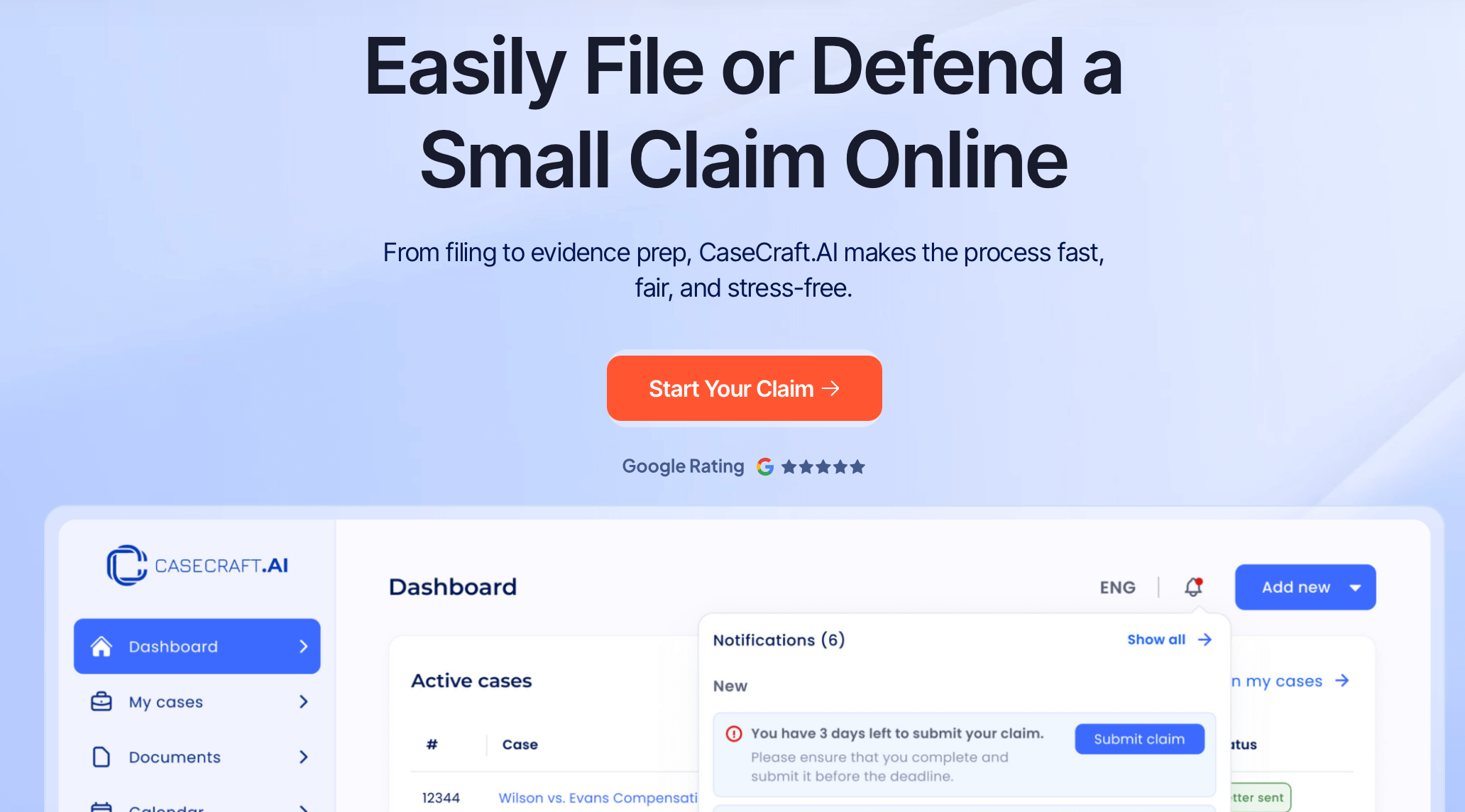CaseCraft claims they know the future. At least in one area—how small legal disputes in the UK will be resolved.
Right now, they define “small” as civil cases with damages under €10,000, plus personal injury or housing disrepair cases under €1,000.
Here’s the problem: these cases exist, but nobody handles them. Not because there’s no demand. Because the math doesn’t work.
When people show up at law firms with these cases, they learn about legal fees and walk away. The potential compensation barely covers the costs. So neither clients nor law firms bother with these disputes.
Enter AI Legal Services
CaseCraft built a platform around an AI trained specifically on these types of cases. Their pricing: £15 to file a claim plus 10% of any compensation you receive.
The platform works for both filing claims and defending against them.
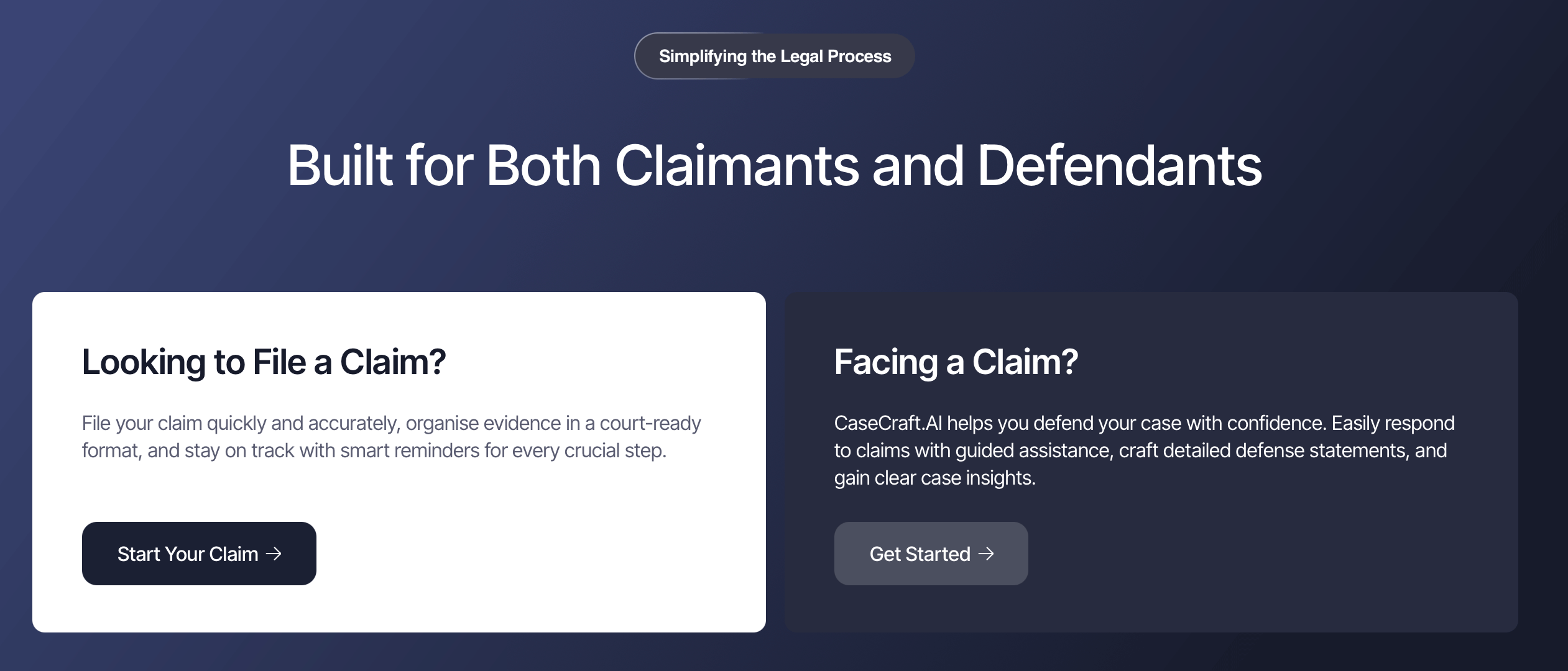
The process is simple. Upload your documents to a personal dashboard. The AI analyzes everything and helps you write the necessary legal filings. Then it manages your calendar, reminding you about court appearances and document deadlines until the case concludes.
CaseCraft currently runs a closed beta with 100 initial clients and operates entirely with freelancers—no full-time staff yet. Despite this minimal setup, they’ve raised £550,000 (roughly $742,000).
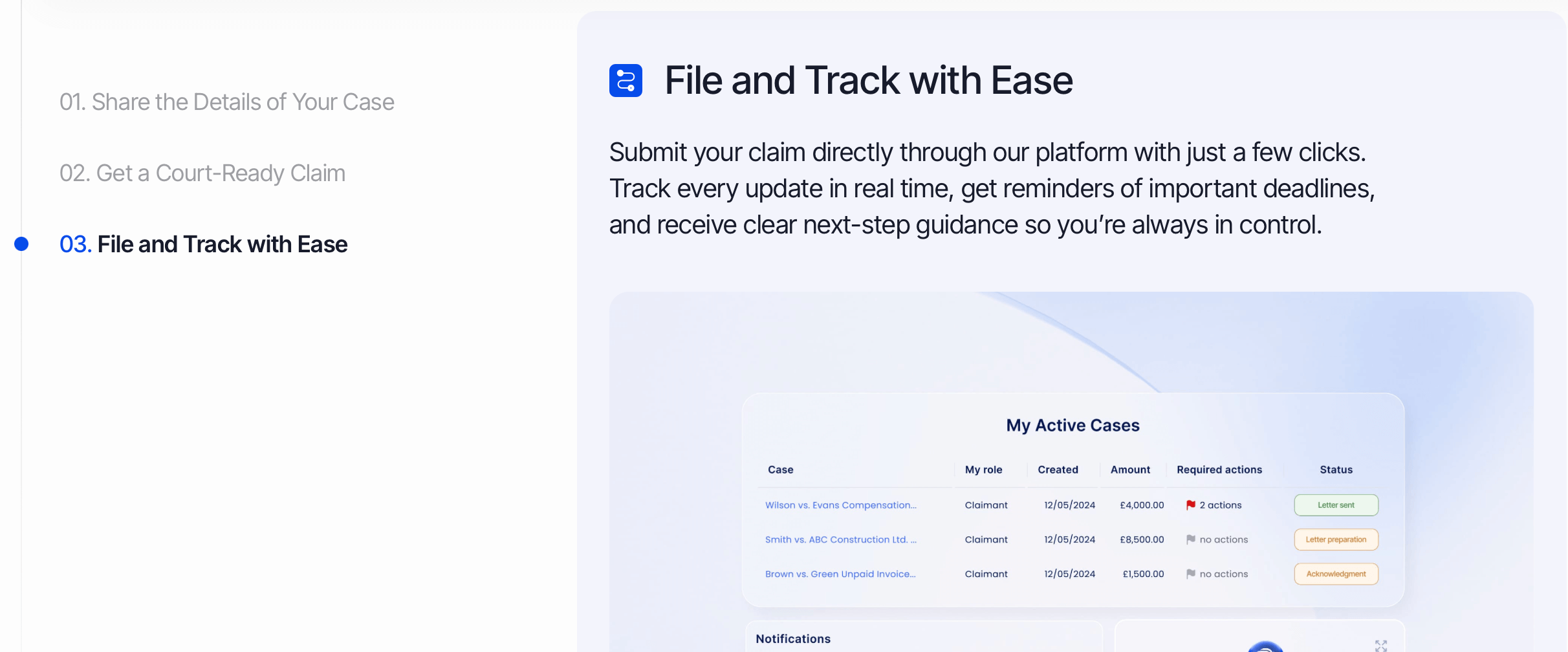
The Origin Story That Actually Makes Sense
The founders run their own law firm. The CaseCraft idea came from their daily experience—clients regularly approach them with these small disputes. But when these potential clients hear about legal fees, they walk away.
The founders had a choice: keep turning away business, or figure out how to serve it profitably.
Those first 100 beta clients? People who originally came to their law firm but got redirected to the AI platform instead.
This is exactly the kind of 10-100x improvement that creates breakthrough AI startups. Something so much cheaper and simpler that it doesn’t just serve existing users better—it creates an entirely new market of users who couldn’t access the service before.
The Legal AI Gold Rush
This approach is catching fire across the legal industry. AI isn’t just improving existing legal services—it’s creating entirely new categories of legal help.
Valla (also British) raised £2 million in June for an AI platform focused on employee rights protection. Same concept—use AI to make legal help accessible where it wasn’t before.
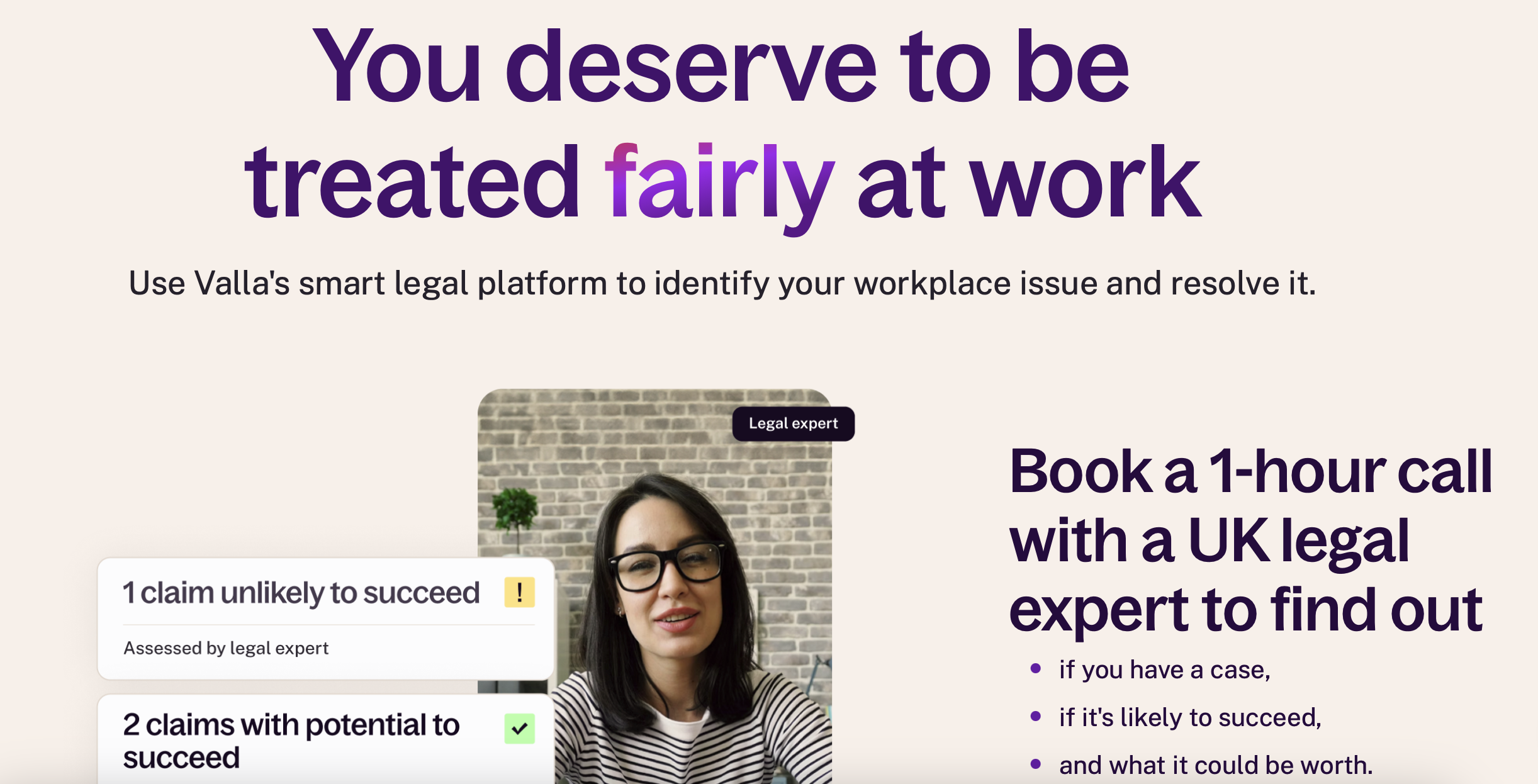
Ajust (Australian) pulled in $2 million for an AI platform that handles consumer complaints. Flight delays, lost luggage, fraudulent stores, poor service from telecoms—all the complaints people usually don’t bother filing because the process is too complicated.
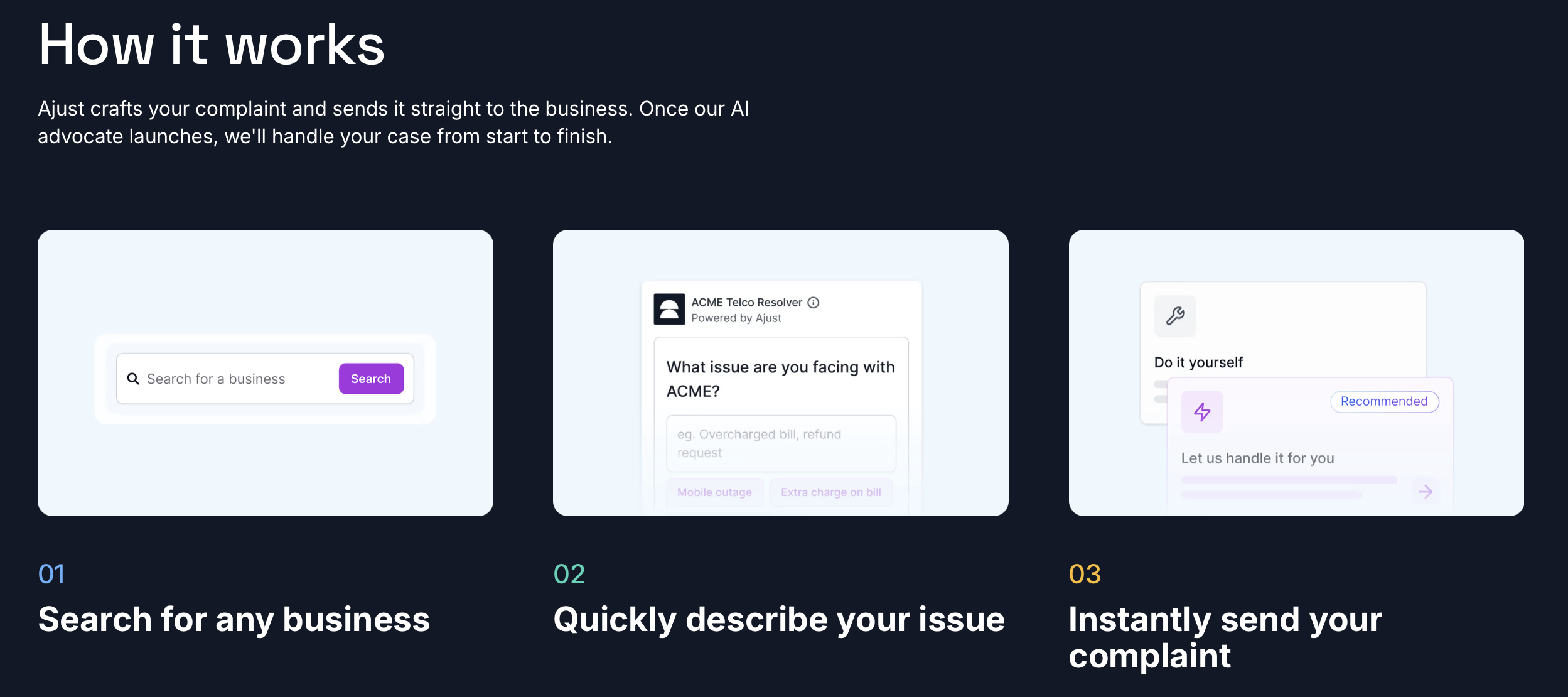
Aparti (American) built an AI platform for divorce filings. Handle the basic paperwork through AI, then bring in human lawyers only if things get complicated with property division or child custody—for separate fees.
Pap! (American) raised $4.4 million in the most unexpected niche—an AI agent for getting price adjustment refunds from stores. When manufacturers announce price drops shortly after you buy something, you’re entitled to the difference. But nobody bothers claiming it.
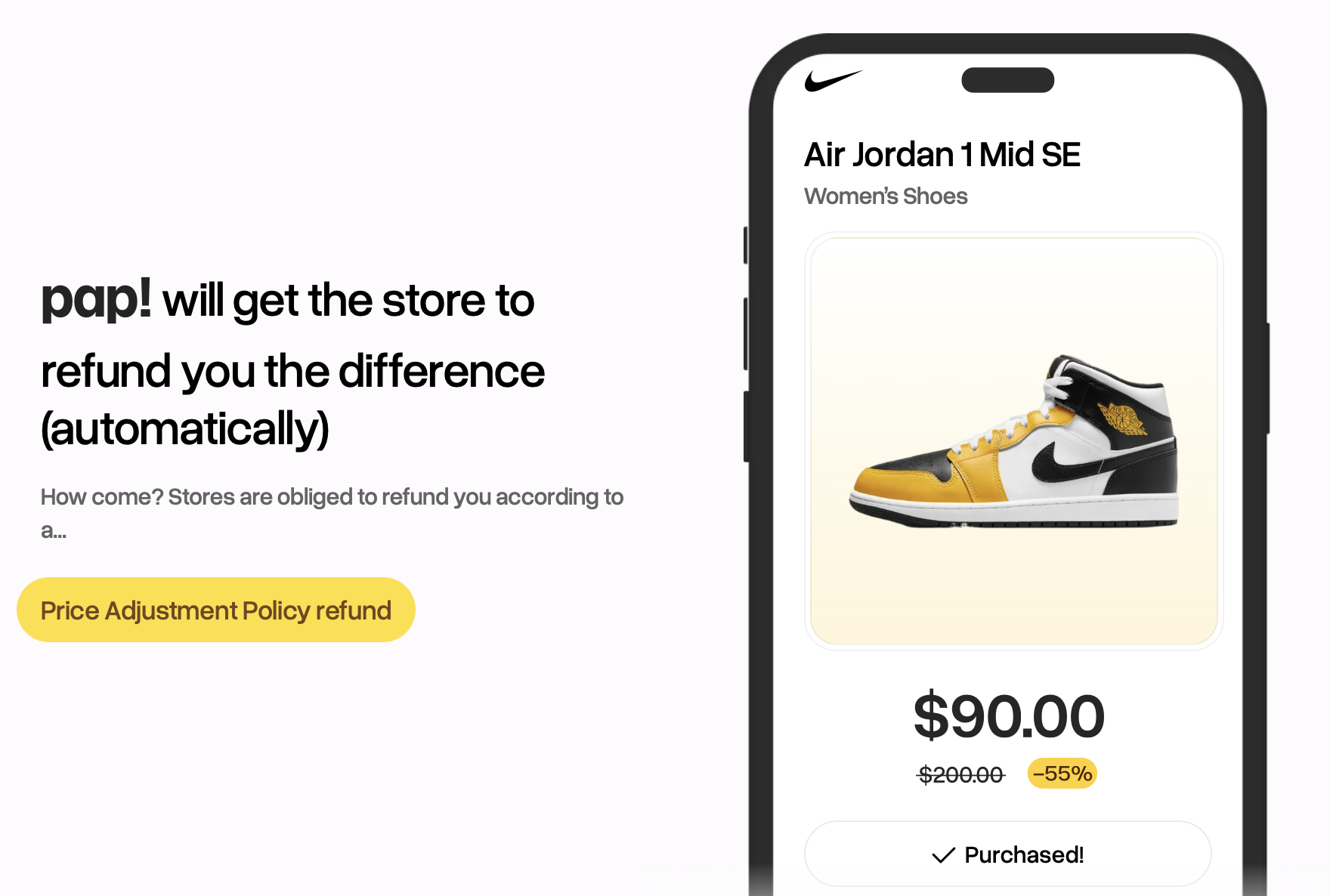
Pap!’s AI monitors your email receipts, tracks manufacturer price announcements, and automatically files refund requests. If money comes back, they take 20% commission.
The Pattern Hidden in Plain Sight
These aren’t companies improving existing services. They’re creating services in markets where services didn’t exist because the unit economics were impossible.
Small legal claims. Employee rights disputes. Consumer complaints. Divorce paperwork. Price adjustment refunds.
All markets with real demand and zero practical supply.
The AI doesn’t have to be better than lawyers. It just has to be cheap enough to make the math work for cases lawyers won’t touch.
The Opportunity
While everyone builds AI to compete in existing markets, there’s a different strategy: find markets that don’t exist because they’re too expensive or complicated to serve.
That disconnect is where AI opportunities hide.
The goal isn’t to serve existing customers better. It’s to serve people who aren’t customers at all because no viable solution exists.
Look for situations where:
- Real demand exists but goes unserved
- Current solutions are too expensive or complex for the market size
- People regularly get turned away because “it’s not worth it”
- The process could theoretically be automated but hasn’t been
These are markets waiting for 10-100x cost reduction through AI.
Company Details:
- casecraft.ai, £550K raised
